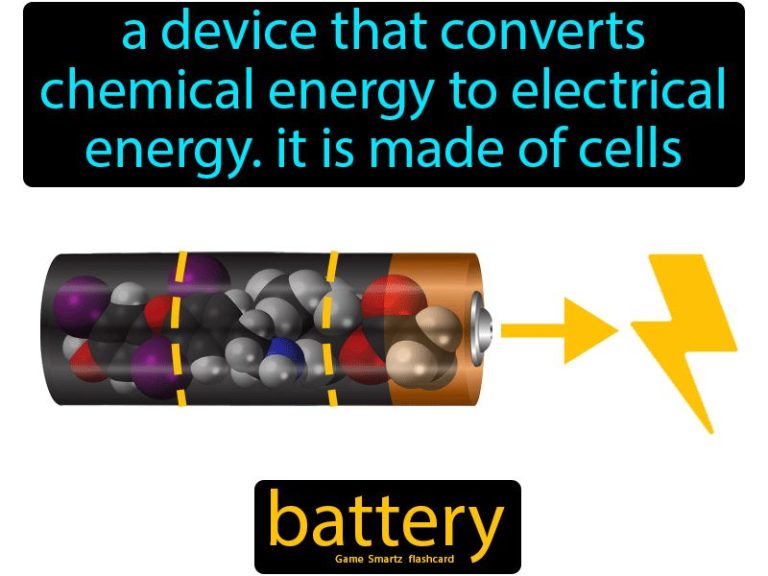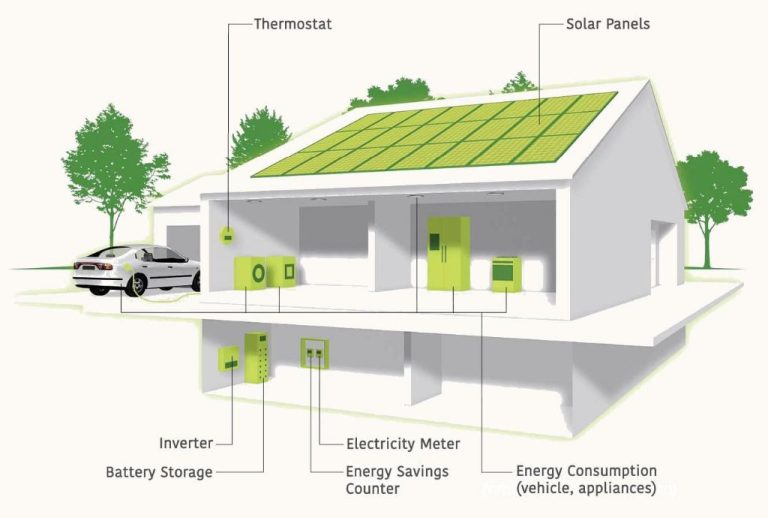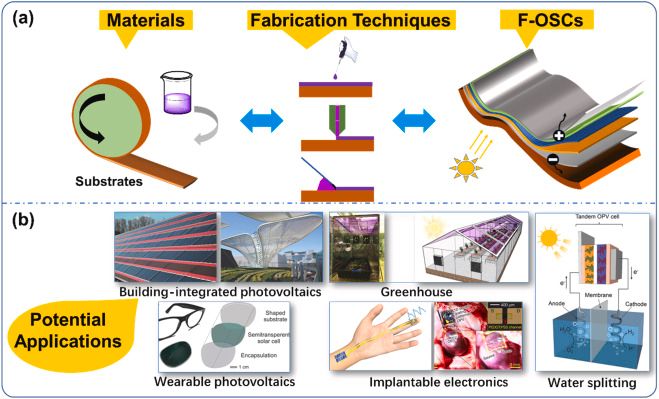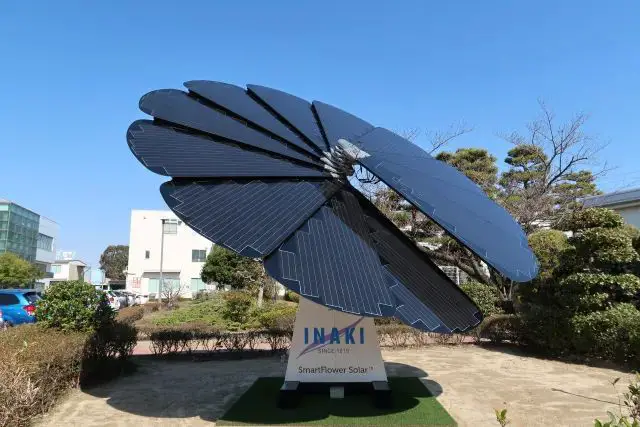Why Solar Energy Is The Future?

As the effects of climate change become more apparent, there is an urgent need to transition away from fossil fuels and towards renewable energy sources. Solar power has emerged as a critical part of the solution. The amount of solar energy that hits the Earth’s surface in one hour is enough to power the entire world for a year (https://venturesolar.com/blog/the-importance-of-solar-energy/). Solar energy is clean, abundant, and becoming more affordable each year. There is no doubt that solar power will be a foundational pillar of the global energy system of the future.
Declining Costs
The costs of solar energy have declined dramatically in the past decade, with prices dropping around 70% since 2010 according to Energynews (https://energynews.us/newsletter/renewables-are-now-way-cheaper-than-coal/). A key factor driving down prices is economies of scale, as more solar panels are manufactured and installed around the world. This has led to lower material and installation costs.
Various projections indicate that within a few years, new solar and wind power will be cheaper than operating existing fossil fuel plants in most parts of the world. A recent study found that building and running new renewable energy projects is now more cost-effective than just running 80% of U.S. coal plants, without even accounting for the costs to build a new coal plant (https://insideclimatenews.org/news/30012023/wind-solar-coal-power-plant-costs/). As solar technology continues advancing rapidly, it is becoming the most cost-competitive energy source.
Environmental Benefits
Solar energy provides significant environmental benefits compared to fossil fuel energy sources. By generating electricity from the sun rather than burning coal, natural gas, or oil, solar energy creates no air pollution or carbon emissions at the point of power generation. Widespread adoption of solar could help reduce respiratory health issues and diseases caused by air pollution.
In addition, solar energy helps fight climate change by displacing greenhouse gas emissions from fossil fuel combustion. The potential climate change mitigation benefits are enormous. The Intergovernmental Panel on Climate Change says rapid expansion of renewable energy is imperative to limit global warming to 1.5°C and avoid catastrophic climate impacts. Generating more electricity from solar energy and phasing out coal and natural gas power plants is one of the most effective ways society can transition to a low-carbon future.
Energy Independence
Switching to solar energy can significantly reduce a country’s reliance on imported fossil fuels like oil, natural gas, and coal (1). This enhances national security by making the energy supply more self-sufficient and less exposed to global price shocks or supply disruptions (2). According to one source, the United States imported about 6.8 million barrels of petroleum per day in 2021. Transitioning a greater portion of electricity generation to domestic solar power would help displace these fuel imports and improve energy independence (3). Local and decentralized solar generation also fortifies grid resilience by diversifying energy sources and reducing dependence on large fossil fuel power plants. As more homes, businesses, and communities adopt distributed solar, they become empowered to meet their own energy needs. This limits the impacts of potential disruptions to centralized fossil fuel-based generation and transmission infrastructure.
(1) https://www.ecowatch.com/energy-independence-solar.html
(2) https://utilitiesone.com/solar-integration-unleashing-the-potential-for-energy-independence-in-construction
(3) https://supergreensolutions.com/the-impact-of-solar-on-energy-independence-and-grid-reliability/
Job Creation
The solar industry is rapidly growing and creating a significant amount of jobs domestically. According to the Solar Jobs Census report by the Solar Energy Industries Association, there were approximately 85,858 workers employed in clean storage jobs in 2022, representing a 4.6% increase from 2021. This demonstrates the opportunity for economic and job growth within the solar industry. The Bureau of Labor Statistics notes that the solar industry includes various jobs such as scientists, engineers, manufacturing workers, construction workers, and installers. As the industry expands, the need for workers in these areas will continue to rise. With over 12.7 million people worldwide working in renewable energy in 2021, solar presents a promising avenue for employment and development. By transitioning more of our energy to solar power, the United States can tap into this opportunity for domestic job creation across multiple occupations and skill levels.
Scalability
One of the key benefits of solar energy is its scalability. As this article points out, solar power installations can range from small residential setups to large utility-scale projects. The modular nature of solar panels allows the system size to be easily scaled up or down as needed.
A homeowner can start with just a few panels on their roof to offset personal energy usage. On the other end of the spectrum, solar farms with thousands of panels can be built to provide clean electricity to entire communities. According to this source, improving solar cell efficiency will further enhance the scalability of solar energy systems in the future.
The scalability and modular design of solar power gives it an advantage over other renewable sources that may require large, centralized facilities. Solar energy can be deployed incrementally as needed, from small scale to utility scale. This flexibility and ability to scale makes solar a highly adaptable renewable energy solution.
Technological Improvements
Solar panel technology has rapidly improved in efficiency in recent years. Traditional crystalline silicon solar panels used to have an average efficiency around 15%, but newer panels on the market today can reach over 20% efficiency (https://ipsunsolar.com/blog/new-solar-panel-technology-trends-for-northern-virginia-residents/). Companies are using advanced materials and manufacturing techniques to enhance efficiency, like applying multiple layers of light-absorbing materials and nano-scale patterning of silicon wafers.
Companies are also exploring new materials like perovskites that can be layered on top of silicon to boost efficiency above 25%. Perovskites are cheaper to manufacture and easier to scale than silicon. Other new materials being researched are organic photovoltaics and quantum dots. These innovations could enable solar panels that are flexible, transparent or come in a variety of colors (https://solarsolutionaz.net/category/solar-innovations/).
These efficiency improvements and material advances expand the applications for solar panels. They can now be embedded seamlessly into building facades, vehicles, gadgets and more. The aesthetics and versatility of solar continue to improve through technological innovation.
Storage Integration
Combining solar energy with storage batteries is a critical way to enable 24/7 clean power. Energy storage systems can store excess electricity generated by solar panels during the day, and then discharge it when the sun isn’t shining. This allows solar energy to provide continuous power around the clock.
Pairing solar with storage also helps overcome one of the main limitations of renewable energy – intermittency. Solar and wind power generation fluctuates based on weather conditions and time of day. By integrating energy storage, the variability of renewable resources can be smoothed out. This makes solar and wind more feasible as mainstay energy sources.The Potential of Hybrid Systems for Enhanced Solar Energy Integration
In addition, adding storage to solar systems provides resilience. Solar+storage microgrids can disconnect from the main grid during outages and provide emergency backup power. This enhances energy security and reliability. Overall, combining storage with solar unlocks the full potential of renewable energy.
Expanding Applications
Solar energy has potential beyond just electricity generation. Solar technology can be used for transportation, desalination, and space exploration.
For transportation, solar panels can be integrated into electric vehicles to extend their range. Solar powered cars competed in the World Solar Challenge across Australia. Solar technology can also power boats and aviation. In aviation, solar planes like Solar Impulse 2 have demonstrated the possibilities of solar for long endurance flights.
In desalination, solar thermal energy can provide heat for evaporation in desalination plants to create freshwater from seawater. This provides clean drinking water. The largest solar powered desalination plant is in Saudi Arabia producing 60,000 cubic meters of water per day (Source).
For space exploration, solar is an ideal energy source. Solar panels already power satellites in orbit and missions like the International Space Station. Future missions to the moon and Mars will likely rely heavily on solar power as well.
Solar has many applications beyond just electricity that will continue to expand as the technology improves. With declining costs and increased efficiency, solar can revolutionize transportation, water production, space travel, and more.
Conclusion
As we have seen, solar energy offers numerous benefits that make it an essential part of our energy future. Solar power is becoming more affordable, creates jobs, reduces pollution, and allows for energy independence. Technological improvements and battery storage integration continue to increase solar’s viability. With expanding applications from large-scale utilities to distributed home systems, solar has enormous scalability.
While solar alone cannot solve all our energy needs, it is poised to play a major role in displacing fossil fuels. The future is bright for solar, but continued investment, research, and policy support are needed to realize its full potential. The time is now to embrace solar energy for a cleaner, smarter power grid. Let us rise to meet the solar energy challenge and build a sustainable energy system for generations to come.






